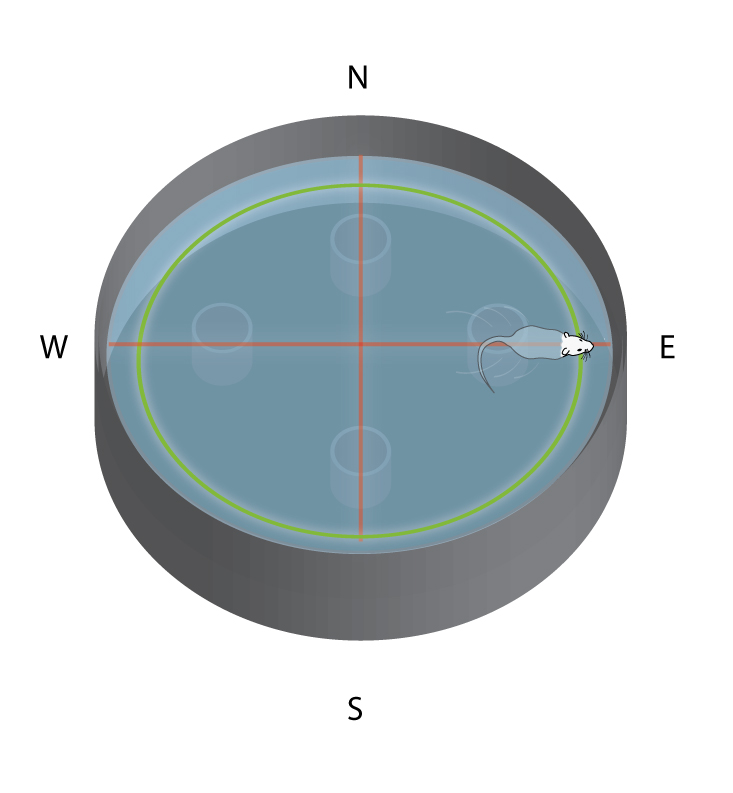Cannabinoids
Cannabis sativa is an herbaceous plant that when consumed produces a number of well-known effects on the body, primarily elicited by two G-protein coupled receptors: cannabinoid receptor type 1 (CBI) and type 2 (CBII). Activation of the CBII receptor suppresses the inflammatory response of the immune system. Research has suggested that inflammation can be pathological in central nervous system (CNS) injuries and during early development the brain may be more sensitive to inflammation. Therefore, this research aimed to assess if CBII selective agonists could be neuroprotective in an animal model of childhood cerebral hypoxia (CCH) through an anti-inflammatory mechanism. A previously established model of CCH, that involved the ligation of the left carotid artery of a P26 rat, followed by a fixed hypoxic period, was chosen because of age suitability and its applicability to both asphyxia and stroke pathologies. Investigations into the variability of infarction in the established model, lead to the development of a new model that ended following a clonic tonic seizure. This new model caused significantly less variable brain infarctions compared to the previously reported model and was named Variable hypoxia ischemia (Variable HI). Two CBII agonists were then tested for neuroprotective properties in Variable HI using a partial agonist (GW405833) and a full agonist (HU910). Both single and multiple drug administration strategies were tested and found to provide no substantial tissue protection. Furthermore, behavioral tests were performed following the multiple administration strategy and no differences were found in any functional outcome. Therefore, the anti-inflammatory effects of CBII agonists are unlikely to be substantially therapeutic following CCH. It was argued that this lack of efficacy was caused by the possibility that inflammation is not truly pathological following CCH.
Morris Water Maze illustrated by Jack Rivers

